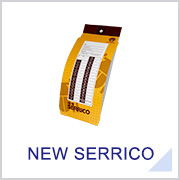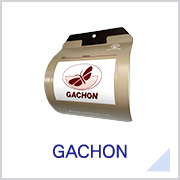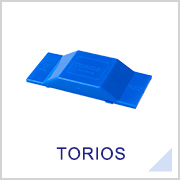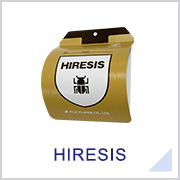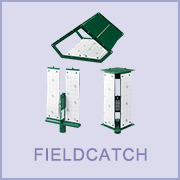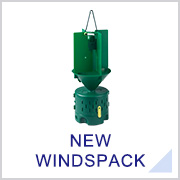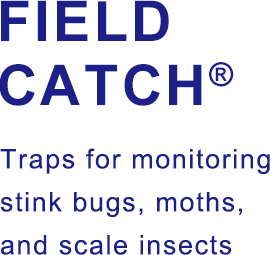
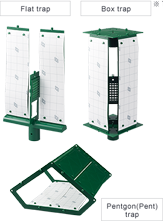
The target insects have a wide outdoor habitat range, including rice paddies, vegetable fields, and orchards, where they directly attack farm produce. FIELDCATCH monitors efficiently, using lures and traps designed specifically for each target insect pest.

-
Bean bug
Scientific name: Riptortus pedestris


Adult insects are 14 to 17 mm long. The body color changes from blackish to reddish brown, and the dorsal surface is covered with fine brown hairs. The larvae are blackish brown and have constrictions making them look like ants. These pod-sucking bugs are major pests affecting soybeans, as the adults and larvae suck the seed grains during their growth period, causing the pods to fall and resulting in disfigured and discolored seeds. New generations are born two or three times a year, with the adults hibernating in winter.
-
Rice bug
Scientific name: Leptocorisa chinensis


Adult insects are 15 to 17 mm long, with a yellow-green body and black vertical bands on both sides of the head and thorax. A major rice pest, the adults and larvae suck the rice ears from the early to late ripening stages, causing spotting of the grains. Large infestations increase the amount of spotted rice, and can lead to reduced yield. Besides rice, they harm leguminous plants. New generations are born two or three times a year, with the adults hibernating in winter.
-
Unibanded stink bug
Scientific name: Piezodorus hybneri


Adults are 9 to 11 mm long. They have a pale yellow-green body with red (female) or white (male) horizontal stripes on the thorax. Larvae are 1.3 to 8 mm long, with a black or light brown body in the early stage, becoming red to light yellow-green as they age. A major soybean pest, both the adults and larvae suck the seed grains, impacting yield and quality. The insects arrive in the fields just when the soybean pods are beginning to form. They are most numerous from the time pod growth ends to the end of seed filling, and continue sucking until the pods begin to turn yellow. The damage varies according to the development stage at the time the grains are sucked. If sucked early in development, the grains may not grow; while being sucked in mid-growth or later results in grain deformation or discoloration. New generations are born a few times a year, with the larvae hibernating in winter.
-
Citrus leafminer
Scientific name: Planococcus kraunhiae


Adults are 4 mm long with a whitish gray body and one black dot on the wings, and long hairs behind the wings. The larvae are 3 to 4 mm long and have a pale green body color. They are a major citrus pest, presenting a problem especially for orchards of young trees and top-grafting orchards. The larvae eat into young leaves and shoots, causing damage by tunneling into plants while feeding on the epidermal cell contents, and leaving behind traces that look like white lines have been drawn. When a tree is infested by these pests, its growth is stunted and it cannot form a proper canopy. Damaged leaves promote the occurrence of citrus canker. The insects usually appear 10 or 11 times a year, and the adults hibernate.
-
Oriental fruit fly
Scientific name: Bactrocera dorsalis


Adults are flies around 7.5 mm in size. The adults and larvae infest citrus, and other fruit vegetables such as tomatoes, and peppers, and fruits such as bananas, papayas, mangoes, and guavas, causing product losses. New generations are born around eight times a year. They are common pests in Taiwan, Southeast Asia, Hawaii, and other places.
-
Japanese mealybug
Scientific name: Planococcus kraunhiae


Female adults are 2.5 to 4 mm, with an oval shape. Their back is covered by a white powdery wax. Male adults are around 2 mm and are carried by the wind in flight. Both the larvae and female adults suck the juice of fruits such as persimmons and grapes, and of garden trees such as wisteria and pittosporum. Large amounts of excretions (nectar) from these insects can lead to the occurrence of sooty mold. Normally three generations are born per year, from early April to early November. Second-year larvae hibernate.
-
Southern green stink bug
Scientific name: Nezara viridula


Adult insects are 12 to 16 mm. The base body color is green, but the color patterns are varied. Both adults and larvae are extremely euryphagous. They are known to cause sucking damage to 145 species of 32 families, including soybeans, rice and other grains, vegetables, and fruits. In the case of rice plants, they suck the ears, causing spotted rice. They emerge 3 or 4 times a year, and the adults hibernate. They are widely distributed around the world, from tropical areas to temperate zones.
-
Bluegrass webworm
Scientific name: Parapediasia teterrella


Adults are 8 to 9 mm long and grayish white in color. Female adults are somewhat larger than males. The larvae harm new grass sprouts. Appearing from May to October, they are nocturnal and attracted to light. In Japan, they are distributed in the areas to the south of Tohoku. New generations are born three or four times a year.

The traps can be reused by replacing the lures and adhesive paper.
Three shapes are set matched to the ecology of the target insect. By changing the plate angle, diffusibility of the ingredients can be controlled, adapting to the placement environment.
To ensure consistent monitoring results, the adhesive paper is made highly water-resistant. It also resists deterioration from exposure to light, and can be used with confidence for one month.

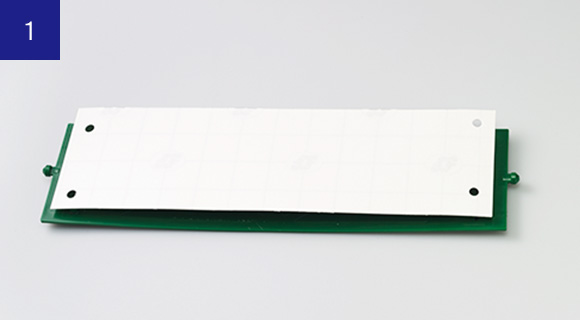
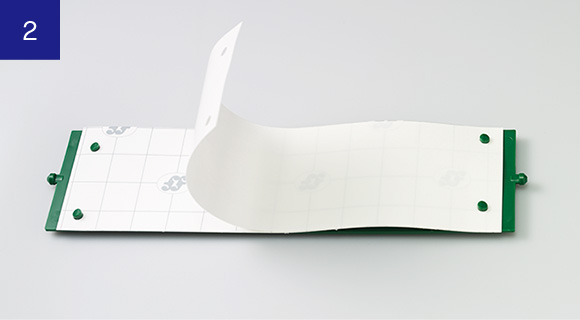
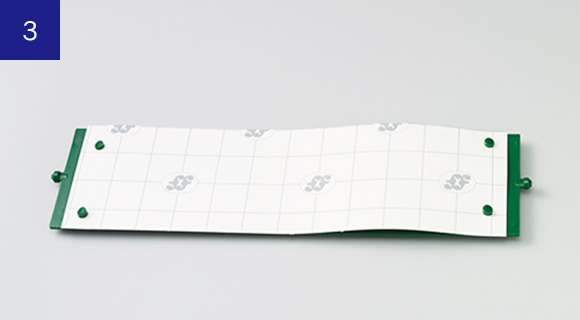
Size: 25 cm long × 7.4 cm wide
Water-resistant, light-resistant
*The adhesive paper is usable outdoors for one month.
Note, however, that it should be replaced when it has many insects or debris attached, which will reduce the adhesiveness.
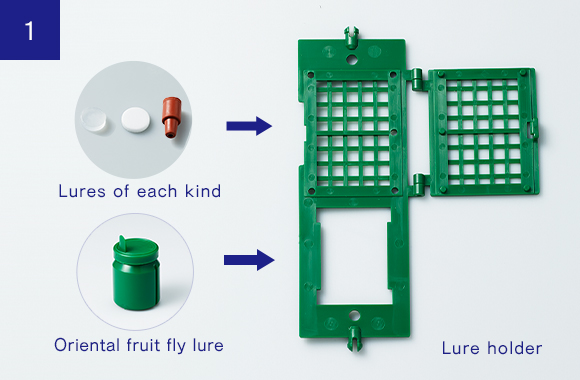
(A) Remove the required number of lures from their bag or sheet.
*Be careful not to break the transparent film covering the lures.
If the film is broken, the expected performance as an attractant will suffer.
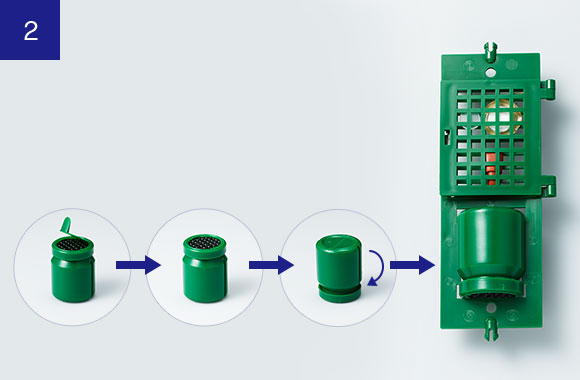
(B) With flat and box traps, use the lure holders as in the above figure. With pentagon traps, attach the lures directly to the adhesive surface.
*In the case of lures for oriental fruit flies, open and use upside down.
*Use within the designated shelf life.
*Store at room temperature in a dark location, avoiding direct sunlight.
*To maintain quality, do not store in a refrigerator or at temperatures above 40°C. An exception is the lure for Japanese mealybugs, which should be sealed tightly and stored in a refrigerator (at around 5°C)
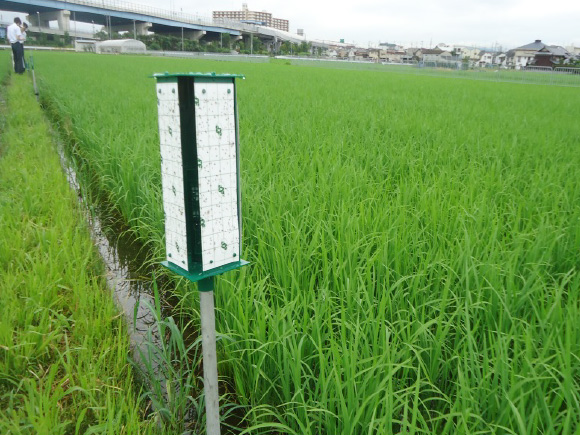
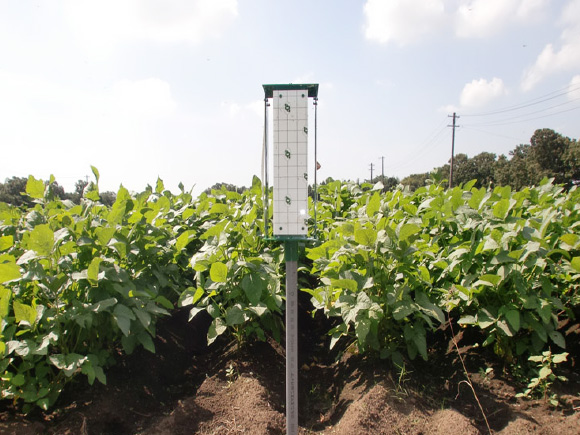

Flat trap
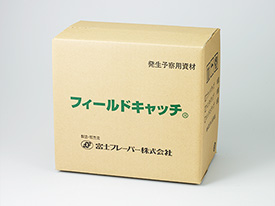
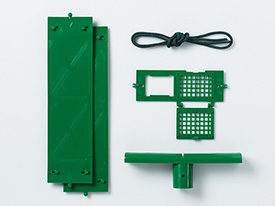
| Number used per trap |
Target Insects | ||
| Plates | 12 | 2 | Citrus leafminer Oriental fruit fly |
| Flat holders | 6 | 1 | |
| Lure holders | 6 | 1 | |
| Strings | 6 | 1 |
Pentagon trap
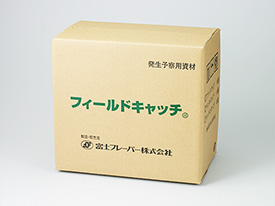
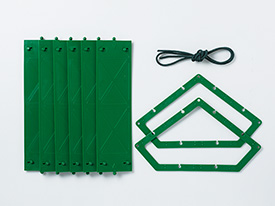
| Number used per trap |
Target Insects | ||
| Plates | 36 | 6 | Citrus leafminer Bluegrass webworm Oriental fruit fly Japanese mealybug |
| Pentagon holders | 12 | 2 | |
| Strings | 6 | 1 |
Box trap
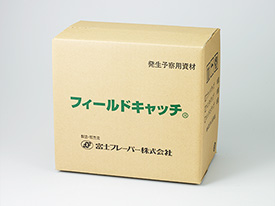
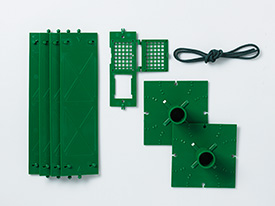
| Number used per trap |
Target Insects | ||
| Plates | 24 | 4 | Bean bug Unibanded stink bug Rice bug Southern green stink bug |
| Flat holders | 12 | 2 | |
| Lure holders | 6 | 1 | |
| Strings | 6 | 1 |
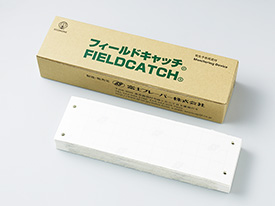
| Types of lures | Product Specifications | |||||
| Number in package |
Standard number used (per trap) |
Replacement intervals |
Shelf life | Attractant | Lure shape | |
| For bean bugs | 24 | Standard number used: 6 (2 to 8 depending on situation) |
1 month after opening |
1year | Aggregation pheromone attracting male and female adults and larvae |
 |
| For unibanded stink bugs*2 | 24 | Standard number used: 6 (2 to 8 depending on situation) |
1 month after opening |
1year | Aggregation pheromone attracting male and female adults |
 |
| For rice bugs | 10 | Standard number used: 2 |
2 weeks after opening |
1year | Aggregation pheromone attracting male and female adults |
 |
| For citrus leafminers | 10 | Standard number used: 1 |
1 month after opening |
1year | Sex pheromone attracting male adults |
 |
| For oriental fruit flies | 10 | Standard number used: 1 |
1 month after opening |
1year | Substance attracting male adults |
 |
| For Japanese mealybugs*3 | 6 | Standard number used: 1 |
1 month after opening*4 |
Approx. 6 months |
Sex pheromone attracting male adults |
 |
| For southern green stink bugs | 10 | Standard number used: 5 |
1 month after opening*5 |
1year | Aggregation pheromone attracting male and female adults |
 |
| For bluegrass webworms | 10 | Standard number used: 1 |
1 month after opening |
1year | Sex pheromone attracting male adults |
 |
*1 Uses patents of Yamaguchi Prefecture and Fuji Flavor Co., Ltd.
*2 Uses patents of the National Agriculture and Food Research Organization and Fuji Flavor Co., Ltd.
*3 Obtained permission to use patents of the National Agriculture and Food Research Organization, Fukuoka Prefecture, and Shimane Prefecture
*4 If kept refrigerated, can be used throughout the emergence season for that year.
*5 If used in a hot environment, it may need to be replaced more frequently.
















